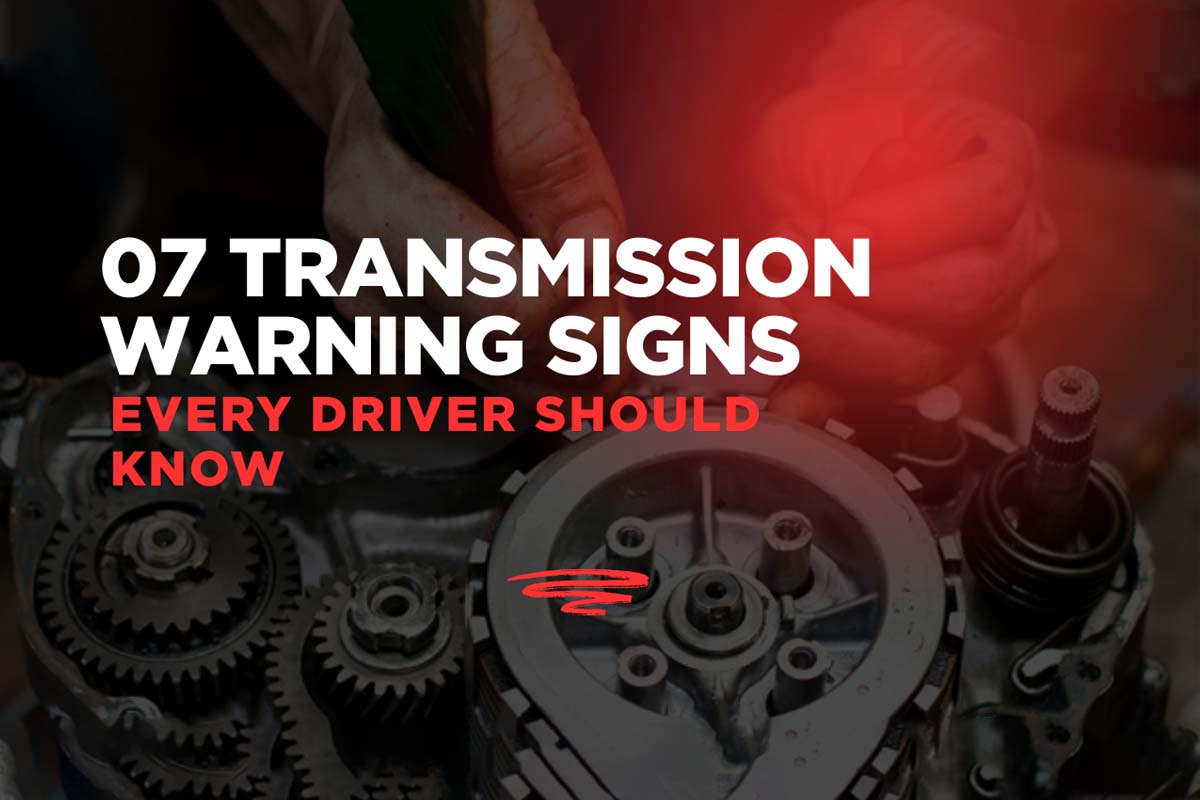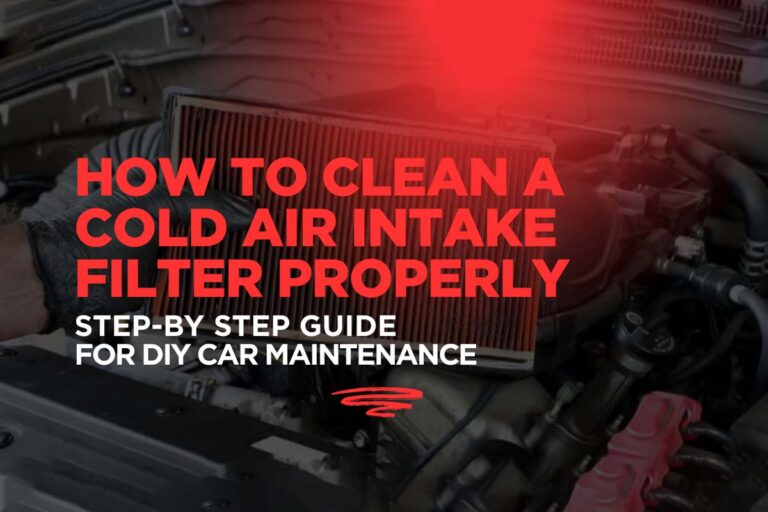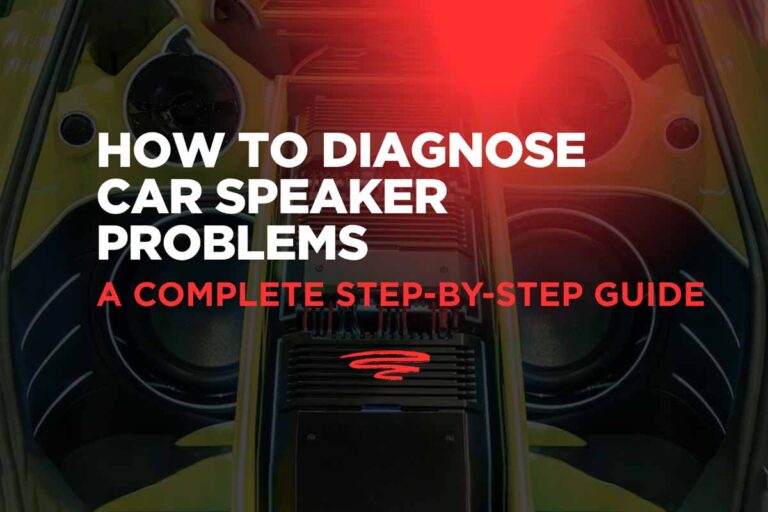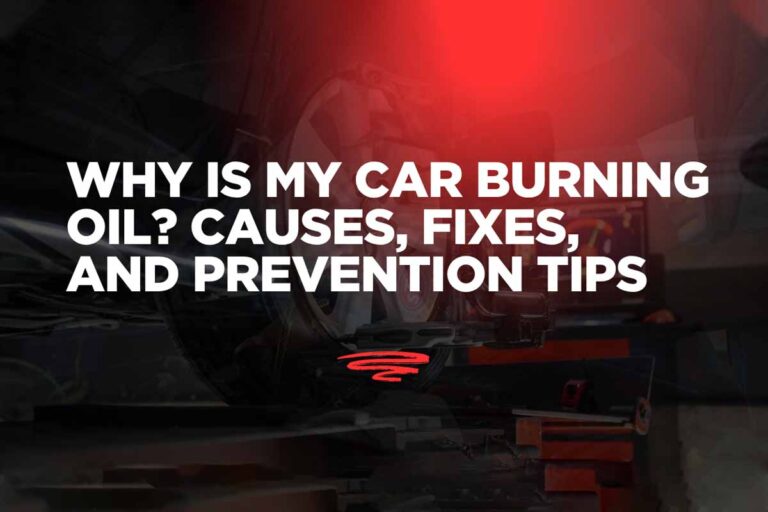07 Transmission Warning Signs Every Driver Should Know
If your vehicle is acting up—slipping gears, hesitating to shift, or giving off a burning smell—it might be trying to tell you something: transmission trouble is on the horizon. Recognizing the early signs of transmission problems can save you from costly repairs down the road. Here are the top 10 transmission warning signs that indicate it's time to schedule a transmission inspection or repair.
What Is Tha Transmission System?
The transmission system in a vehicle is responsible for transferring power from the engine to the wheels, allowing the car to move at different speeds. It adjusts the gear ratio between the engine and the wheels, helping the engine run efficiently while providing the right amount of power for acceleration, cruising, or climbing hills. Whether it’s a manual or automatic transmission, this system is essential for smooth driving and fuel efficiency.
How To Work Manual Transmission System?
A manual transmission system lets the driver control the vehicle’s gears using a clutch pedal and a gear stick. When you press the clutch pedal, it temporarily disconnects the engine from the wheels, allowing you to shift gears smoothly. You then use the gear stick to select the right gear based on your speed and driving needs. Releasing the clutch reconnects the engine to the wheels and transfers power to move the car. This system gives drivers more control over speed and fuel efficiency, but it requires timing and coordination to operate smoothly.
How To Work Automatic Transmission System?
An automatic transmission system changes gears on its own, without the driver needing to use a clutch or shift manually. It uses a part called a torque converter to connect the engine to the transmission. As you press the accelerator, the system automatically selects the best gear based on your speed and engine load. Inside, it uses hydraulic fluid, sensors, and gears to shift smoothly and efficiently. This makes driving easier—especially in traffic—since you don’t need to worry about changing gears yourself.
7 Symptoms of Transmission Issues Every Driver Should Know
Trouble Shifting Gears
One of the most common transmission issues is difficulty shifting gears. Whether the car refuses to switch gears, delays engagement, or jumps between gears without warning, it’s a clear sign that something’s wrong. Often, low or contaminated transmission fluid is the culprit.
Slipping Transmission
If your engine revs high without speeding up, or if it feels like the vehicle loses traction for no reason, you’re likely dealing with gear slippage. This can be both dangerous and damaging to your vehicle. Worn clutches, low fluid, or internal wear and tear are likely causes.
Burning Smell
A burning odor coming from your vehicle could mean your transmission is overheating or the fluid is breaking down. This smell may signal the start of serious damage—get it checked ASAP.
Leaking Transmission Fluid
Transmission fluid is typically red and sweet-smelling. If you see a red puddle under your vehicle, you may have a leaking seal, gasket, or cooler line. Ignoring leaks can lead to transmission failure.
Unusual Noises
Strange sounds like clunking, whining, buzzing, or humming while driving or when in neutral may signal internal issues with bearings, gears, or fluid levels.
Delayed or Rough Shifting
If your car hesitates, jerks, or shakes when changing gears, that’s a red flag. It’s especially concerning in automatic transmissions and could point to fluid problems, solenoid failure, or worn components.
Check Engine Light or Warning Lights On
A glowing Check Engine, Transmission Temp, or Overdrive Light may mean your car’s internal systems have detected an issue with the transmission. Diagnostic trouble codes can help pinpoint the problem.
How to Prevent Transmission Problems
To prevent transmission issues, regular maintenance is key. Always check and change your transmission fluid as recommended by your vehicle’s manufacturer—it keeps the system clean and cool. Fix any leaks early to avoid fluid loss, which can cause serious damage. Avoid hard or aggressive driving, especially sudden stops or rapid gear changes, as it puts extra stress on the transmission. Let your engine warm up in cold weather before driving, and always use the correct type of transmission fluid. Regular check-ups by a mechanic can help spot problems early before they become costly repairs.
Conclusion
Your vehicle’s transmission is a vital part of its performance and safety. Recognizing the early warning signs—like slipping gears, strange noises, or fluid leaks—can help you avoid serious damage and expensive repairs. With regular maintenance, careful driving habits, and timely fluid checks, you can keep your transmission running smoothly for years. Don’t ignore the signs—act early and protect your vehicle’s health.






